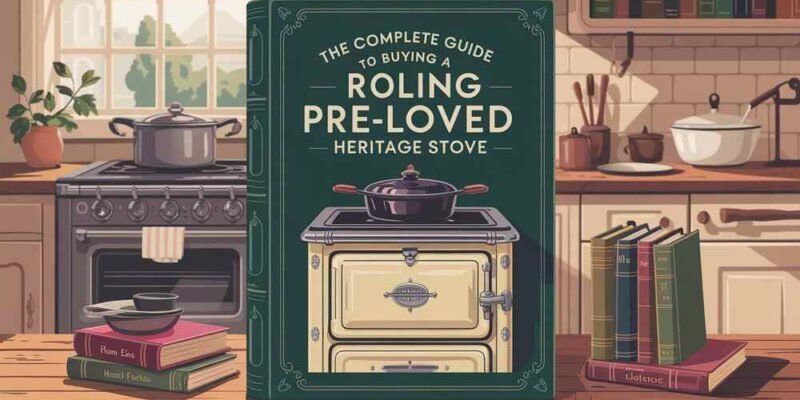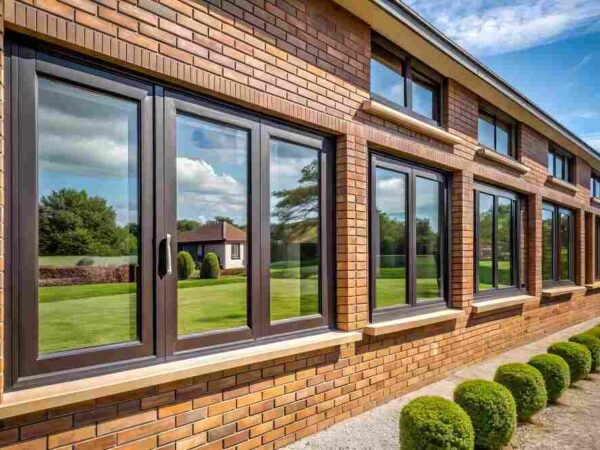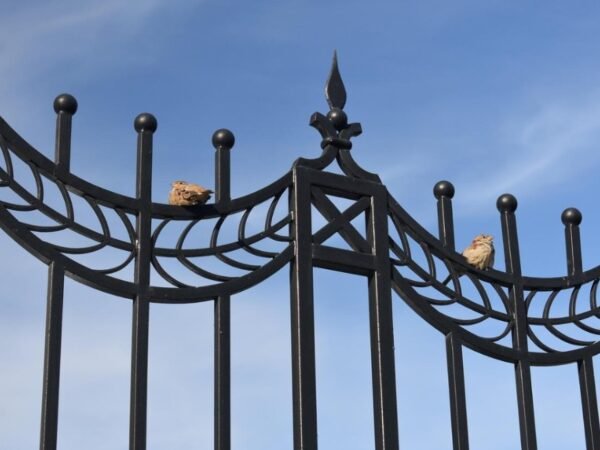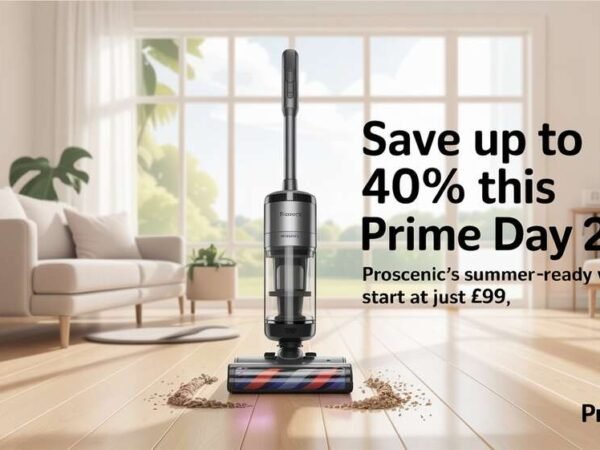Nothing signals confidence in a kitchen quite like an oven that tells a story. People who seek out antique or classic stoves aren’t simply hunting for appliances; they’re curating legacy and charm. Yet enthusiasm alone will not identify the right cooker from a relic best left in the past. This world asks for sharp eyes and sharper questions—one doesn’t want to end up with a beautiful but temperamental brute in the middle of their home. Every enamel chip, every solid brass knob: is it a character or a warning sign? The line between treasure and trouble gets thinner than most would guess.
Spotting Quality Where It Counts
The hunt begins with patience. Inspecting finishes—yes, even around the back panel—isn’t paranoia; it’s plain sense. Chipped enamel? Acceptable, sometimes even handsome. Rust lurking under handles or hidden inside the oven cavity? There’s no excuse for that. Mechanical parts deserve scrutiny: open doors, twist dials and listen for resistance rather than a mushy turn. Provenance matters, too; don’t treat paperwork as trivia. After all, Range Exchange has taught plenty about matching cookers to owners who care about heritage over hype. Skip sellers who can’t tell their own stove’s history—odds are they’ve skipped proper maintenance as well.
The Importance of Spares
Buying old means buying into a future of minor repairs—that’s reality, not pessimism. Are spares still being made? Vintage stoves from reputable makers often have thriving aftermarket markets; others may require frantic trawls through obscure forums at midnight to find a single hinge spring. Those bits—tiny thermocouples, quirky-shaped oven racks—make or break everyday usage more than people realize upfront. Some brands inspire loyal followings willing to swap advice (and occasional parts), while scarce pieces risk becoming unusable museum artifacts at the first sign of trouble.
Fuel Type Quandaries
Solid fuel? Gas? Electric coils from another era entirely? Each comes with quirks and costs that are often overlooked by casual buyers who are excited by ornate cast iron patterns alone. Old models may not always meet today’s safety standards; rewiring electric units isn’t simply a ‘plug and play’ process. Chimney access for wood burners can mean weeks of building work if your house was never designed for it in the first place. Swapping fuel types, post-purchase rarely ends well—it’s usually far easier (and cheaper) to let someone else enjoy the drama.
Bringing It Home—Installation Realities
Moving an eighty-year-old appliance requires more than just strong arms and optimism about navigating narrow doorways. Weigh up logistics before you fall in love: stairs can complicate things quickly, and not every floor can withstand concentrated weight without reinforcement underneath (old cast iron isn’t lightweight). Certified fitters must inspect connections for gas or electricity—even when everything appears intact on delivery day—to ensure that outdated fittings are replaced, thereby preventing potential disasters down the road. Nobody wants excitement involving fire brigades or frantic insurance calls right after spending dearly on vintage flair.
Conclusion
Expect a surprise alongside satisfaction with these old beauties—they demand patience and reward persistence more than most modern gadgets could ever hope to do. Study each model carefully; mind those little details that separate survivors from liabilities-in-waiting hiding beneath charming exteriors and smooth-talking sellers’ promises alike. A well-chosen heritage stove brings warmth beyond mere heat: stories shared around simmering pots become part of its new chapter in your home’s life—a working display piece with real substance behind its shine if you choose wisely enough from the start.













